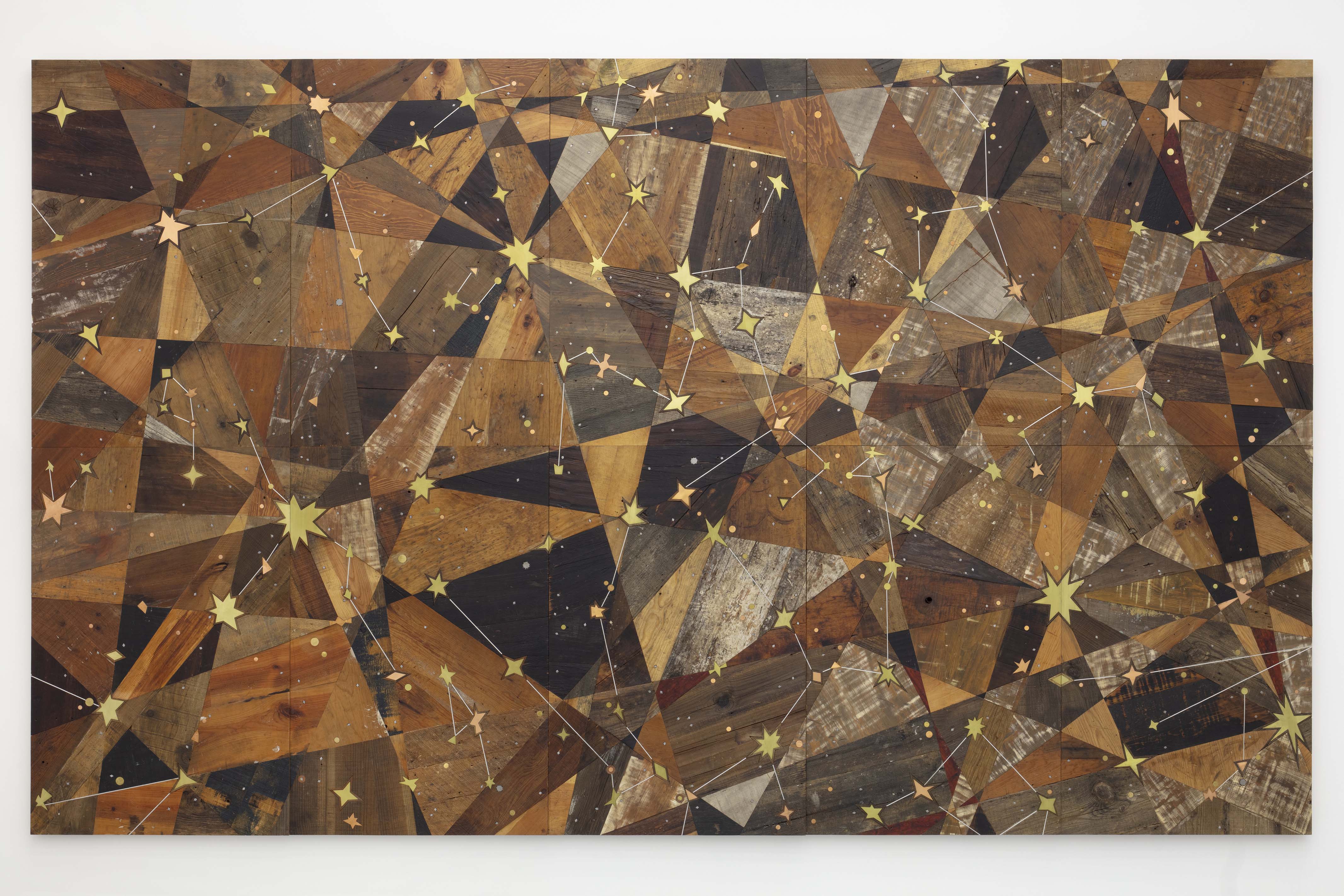
Artworks that Keep Alive the Memory of the 1985 and 2017 Earthquakes in Mexico
Obras artísticas que mantienen viva la memoria de los sismos de 1985 y 2017 en México
From Monsiváis’s chronicle and the seamstresses’ documentary to a Prime Video series and Tercerunquinto’s installations, different works engage in dialogue with the earthquakes that marked the history of Mexico City.
Desde la crónica de Monsiváis y el documental de las costureras hasta la serie de Prime Video y las instalaciones de Tercerunquinto, distintas obras dialogan con los terremotos que marcaron la historia de la Ciudad de México.
18.9.2025
By: Carolina de la Torre for Pijama Surf online
Por: Carolina de la Torre para Pijama Surf digital

Mexico does not remember its earthquakes only by the force with which the earth shook, but by what those movements revealed: the fragility of cities, the inequality among their inhabitants, and the capacity of civil society to organize itself in the face of disaster. September 19, 1985, left a deep wound in the capital: more than six thousand dead according to official figures, though citizen organizations estimated tens of thousands more. Thirty-two years later, in 2017, the ground broke again on the same day. The coincidence turned a date into a symbol and confirmed that earthquakes are also an exercise in collective memory.
From those cracks, works have emerged that not only narrate the tragedy but also explore how to rebuild memory and life. From literature and documentary film to television fiction and contemporary artistic practice, different creators have brought rubble into dialogue with dignity, loss with the possibility of beginning again.
From Our Own Height – Tercerunquinto (2025)
The collective Tercerunquinto transformed urban debris into material for aesthetic and critical reflection. In the exhibition From Our Own Height (Proyectos Monclova, 2025), Rolando Flores and Gabriel Cázares rescued fragments of collapsed buildings after the 1985 and 2017 earthquakes, as well as from subsequent demolitions, to reorganize them into new spatial constellations.
Currently, one of these pieces, Efemérides, is on view in Under the Sign of Saturn at the Museo Universitario Arte Contemporáneo (MUAC), where it dialogues with the notion of cosmic terror: that sense of uncertainty in the face of the vastness of the universe and our smallness before the immeasurable. In Efemérides, for example, the artists mapped the celestial constellations as they were configured on the days the earthquakes occurred. It is not merely an astronomical record, but a gesture that links earthly catastrophe with cosmic order—or disorder.
The result is unsettling: the material ruins of the city are combined with the idea of a destiny inscribed in the sky, as if collapse were not only urban but also existential. Among wood, metals, and fragments of tile, the work serves as a reminder that disaster is not measured only in rubble, but also in the impossibility of fully grasping our place in the universe.
México no recuerda sus terremotos sólo por la fuerza con que la tierra se sacudió, sino por lo que esos movimientos revelaron: la fragilidad de las ciudades, la desigualdad de sus habitantes y la capacidad de la sociedad civil para organizarse frente al desastre. El 19 de septiembre de 1985 dejó una herida profunda en la capital; más de seis mil muertos según cifras oficiales, aunque organizaciones ciudadanas estimaron decenas de miles más. Treinta y dos años después, en 2017, el suelo volvió a quebrarse el mismo día. La coincidencia transformó una fecha en símbolo y confirmó que los sismos son también un ejercicio de memoria colectiva.
De esas grietas han surgido obras que no sólo narran la tragedia, sino que exploran cómo reconstruir la memoria y la vida. Desde la literatura y el cine documental hasta la ficción televisiva y la práctica artística contemporánea, distintos creadores han puesto en diálogo los escombros con la dignidad, la pérdida con la posibilidad de volver a empezar.
Desde nuestra propia altura – Tercerunquinto (2025)
El colectivo Tercerunquinto convirtió los residuos urbanos en materia estética y de reflexión. En la exposición Desde nuestra propia altura (Proyectos Monclova, 2025), Rolando Flores y Gabriel Cázares rescataron fragmentos de edificios caídos tras los sismos de 1985 y 2017, y de las demoliciones posteriores, para reorganizarlos en nuevas constelaciones espaciales.
Actualmente, una de esas piezas: “Efemérides" se encuentra en exhibición dentro de Bajo el signo de Saturno en el Museo Universitario Arte Contemporáneo (MUAC), donde dialogan con la noción de terror cósmico: esa sensación de incertidumbre frente a la vastedad del universo y nuestra pequeñez ante lo inconmensurable. En Efemérides, por ejemplo, los artistas plasmaron los mapas celestes tal como estaban configuradas las estrellas en los días en que ocurrieron los sismos. No es sólo un registro astronómico, sino un gesto que vincula la catástrofe terrestre con el orden o el desorden cósmico.
El resultado es inquietante: las ruinas materiales de la ciudad se combinan con la idea de un destino trazado en el cielo, como si el colapso no fuera únicamente urbano, sino también existencial. Entre maderas, metales y fragmentos de mosaicos, se abre un recordatorio de que el desastre no sólo se mide en escombros, sino también en la imposibilidad de comprender del todo nuestro lugar en el universo.



